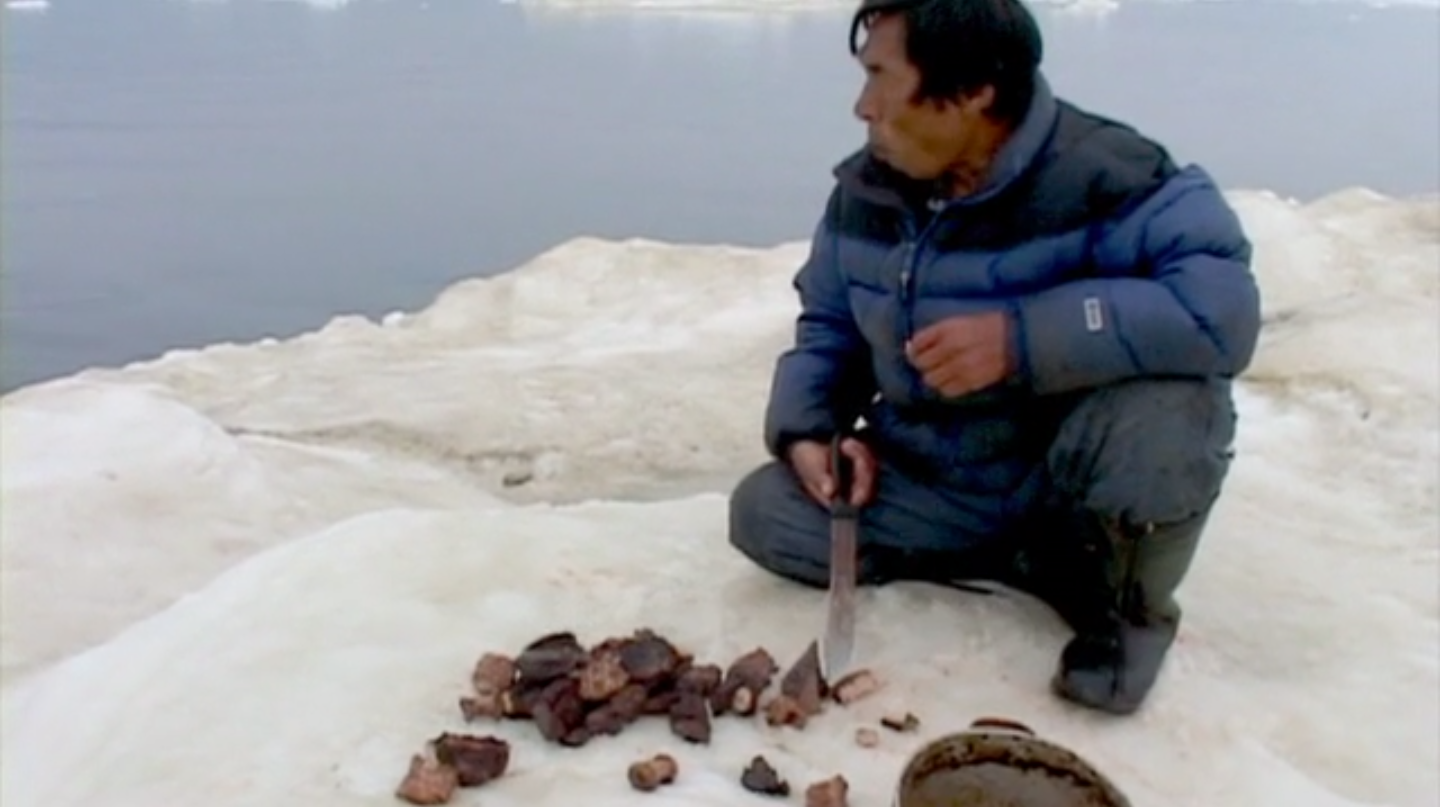
In a departure from much of its longer-form features, Tales from Planet Earth provided back-to-back screenings of two documentary short films on Sunday, each using the native gaze to assess industry effects on sociocultural environments.
The first, Marie-Hélène Cousineau’s A Changing World captures the perspective of the Igloolik peoples — an Inuit region just north of the Arctic Circle — and more importantly, their concerns over a Canadian mining company’s proposal. The mining project would harvest Baffin Island’s Mary River for precious iron ore minerals, disrupting the tradition and natural resources on which the region’s indigenous peoples greatly depend. (Since the film’s completion in 2008, the project has been projected for a 2014 start date.)
Cousineau takes an extremely authentic approach in giving a voice to tribal members. Indigenous opinions come packaged in whole chunks of footage with little interaction between Cousineau and the interviewees. Cousineau sits in on tribal elder meetings or daily lessons in the village’s classroom, lending many visits a “fly on the wall” authenticity. Several Inuit hunters express concern over the ice-breaking capabilities of the project’s ore carriers, since increased industrial activities could discourage walruses from approaching nearby shores. As walrus hunting is both an annual tradition as well as a basic means of survival, the mining project’s potential effects are manifold.
The opposing opinion of the Baffinland mining company is given lip service through an extended press conference, a rare instance in which Cousineau exercises editorial control. Several excised portions detail company reps as they deliver a stale press conference to the Igloolik peoples and a translator. It’s a callous note in the film, particularly when coupled with Cousineau’s post-script mention that the mining proposal went forward as planned — and despite the village formally voting to strike it down.
Unfortunately, that emotional coldness permeates much of A Changing World. Cousineau’s choice to fill her documentary with the words of the Inuit peoples is commendable and a holdover from the nurtured respect and understanding she’s developed in her years documenting Inuit culture. The film however, suffers from a glaring lack of polish. Subtitles and title cards are rendered in a cheap Helvetica font, and basic geographic animations feel too rushed together. As but a portion of a much larger aboriginal media collaboration, Show Me on the Map, Cousineau’s work should ultimately be assessed within the entire collection’s context. On its own merits however, the short feels earnest but distractingly raw.
Sunday’s double screening also featured Protect Our Future, another mining documentary focused, this time, on a proposal’s effects on the Bad River Band. Like A Changing World, the short relies on the concerns of the region’s native peoples in documenting the issue, albeit with one notable change in production: Protect Our Future was shot and edited by three 14 year-old members of Wisconsin’s Bad River Band.
Aided by Patty Loew, a professor of American Indian Studies and Life Sciences at UW-Madison, Jordan Principato, Shania Jackson, and Ahpahnae Thomas compile video interviews, written narration, and original musical compositions to illustrate the concerns of a small but powerful set of voices within the Lake Superior Ojibwe tribe. The filmmaking trio use elders, educators, and even tribal attorneys in developing a personalized and localized concern over the mining project’s potential contaminants to a critical river bed.
Not to be entirely restricted by an insular perspective, Protect Our Future also includes several dialogues with other Wisconsinites, self-admitted supporters of the Bad River Band’s protests against the mining project. These moments of broader support are comforting, and as a complete effort, the film is an impressive document of the resonance in environmental concern, especially given its three young filmmakers. Even outside of the mining project’s uncertain effects, hope persists, inasmuch as it allows these crucial voices to be heard.

